
Quarterly Performance Review Agenda Template
Get this templateUse this performance review template to exchange feedback, celebrate wins, and set goals with your direct reports.




Quarterly Performance Review Overview
”There is something that is much more scarce, something rarer than ability. It is the ability to recognize ability.” –Robert Half
Quarterly performance reviews are an important piece of communication between an employer and employee. You may have heard quarterly performance reviews referred to as performance snapshots since they cover recent performance and short-term goals. In short, quarterly performance reviews allow employees to know where they stand within their job position, including what they’re doing perfectly, as well as the tasks they could execute more efficiently.
Quarterly performance reviews should take place between management and employees on an individual basis. It gives managers a chance to handle any performance issues more quickly than waiting for an annual review, and they’re a great tool when it comes to keeping lines of communication open. Quarterly reviews allow for ample time to review the past quarter, and they keep everyone on the same page regarding expectations.
Quarterly reviews are necessary, even for companies that conduct very thorough annual reviews, because it allows for employees to improve along the way, and for employers to not have to worry about addressing a years’ worth of concerns in one yearly meeting. It’s important to note that quarterly reviews should not ever be negative in nature. Instead, with a performance review agenda, we’re addressing any potential performance issues while allowing time to praise positive behavior patterns and successes.
Useful feedback is one of the best methods for healthy employer/employee relations. Facilitating better working relationships is crucial to the survival of any company, and quarterly performance reviews help that aspect tremendously.
How to Run an Effective Quarterly Performance Review Meeting
Conducting a quarterly performance review successfully is all about including the necessary information with needed solutions. Preparation for this meeting should include a performance review meeting template, so you can better organize your thoughts and what you want to communicate to your employee. Quarterly performance reviews are all about efficiency, as you’ve got to use the time to get your points across.
You’ll want to approach this meeting in a way that enhances the professional development of the employee with which you’re meeting. It’s the combined operational performance of all employees that keep your business up and running, so your quarterly meeting approach is essential. A quarterly performance review template will keep you on track, so the initial goals of the meeting don’t get lost in conversation.
Fill out this template as far in advance as you possibly can, preparing both your positive and constructive feedback in a manner that is well-communicated and never fuzzy. Your feedback can also include input from other team members, without specifics, of course. Following through is a crucial component of quarterly performance reviews because often, things tend to go right back to the way they were. Communicate with the employee that you have the intention to follow through regarding progress, and always encourage them to ask as many questions as they need. An engaged employee is one that cares about changing their performance, so if you’ve got that straight out of the gate, then you’re likely to see positive change in the aftermath of your review.
What Happens After a Performance Review Meeting?
“Research indicates that workers have three prime needs: Interesting work, recognition for doing a good job, and being let in on things that are going on in the company.” – Zig Ziglar
One of the biggest misconceptions surrounding performance reviews is the fact that so many people believe that it means they’ll be fired. Performance reviews are meant to give genuine feedback to help employees succeed within their roles, not to provide warnings. Keep consistent notes on the employees you have quarterly reviews with and note the way they change.
It’s important to keep an open line of communication with them regarding anything work-related that they need to bring up with you. You can evaluate their progress regularly, and it’s likely you’ll see significant change with invested employees almost right away. Give them time to get into a new groove, and consistently remind them of the goals they set for themselves during their review.
Company culture is huge when it comes to employee performance, and if you’re consistently having to conduct less than desirable quarterly reviews, it might be time to take a deeper look. Focus on the future, keep calm, and reflect on the things that both sides (employer and employee) can do to help create a positive environment where change is possible.
Utilizing a Quarterly Performance Review Template
A quarterly performance review meeting minutes template can greatly help to reduce miscommunication during the meeting, as well as after. It’s actually quite important to note the things that were said, and employers should expect employees to do the same. After the meeting, keep all lines of communication open to better the outcome.
It’s rare for performance reviews to consist only of negative aspects. By using a template, you can direct your thoughts where you intended them to go, without getting sidetracked once you’re sitting face-to-face. Performance reviews are absolutely necessary to keep a company running smoothly, but neither side has to dread them!
Performance Review
Quarterly performance reviews are an opportunity to reflect on your direct report’s performance, recognize achievements, and provide them with constructive feedback. Running effective quarterly performance reviews can be challenging for both your employees and yourself, but they are crucial for your team’s growth and success.
Fellow has created this quarterly performance review template to help you make the most out of your meeting and facilitate your interaction with your reporting employees. This quarterly performance review example allows you to address and redirect good behaviours in your organization. You will also find tips that will guide you in taking the right approach and provide valuable feedback that motivates your direct reports and help them improve.
What’s inside this performance review template:
1 360 Feedback
The first step of your Quarterly Performance Review Template is to ensure you have collected enough data and examples for your feedback to be transparent while objective. 360 Feedback enables managers, coworkers, and reporting staff to provide feedback regarding your direct report’s performance. It allows you to have a balanced view and more perspectives. In a Harvard Business Review article, John Barron, Professor of Management at Yale, argues that “The larger number of independent evaluations the better”.
During the quarterly employee performance review, start by evaluating the ways your employee’s behaviours have impacted their team, influenced other employees, and focus on the skills and contributions that a person has brought to the table. Ask your direct reports to share their thoughts and perspectives, pay attention, and try to identify patterns. Asking follow-up questions will help you develop positive and constructive feedback. In the end, active listening is a very important skill that you can cultivate as a manager.
2 Achievements
For this section of the Quarterly Performance Review template, it is good to start on a positive note. Focus on the aspects that the employee has achieved, provide positive feedback, and consider behaviours that your team member should continue doing. Affirmative recognition is a method that will motivate your team to perform better, be specific with your praises.
During your one-on-one meeting, your direct report should be talking most of the time. We can’t stress this enough. The purpose of asking the right questions is to help you get to know more about your employee, more about their goals, aspirations, strengths, areas where they need support and roadblocks encountered.
“The conversation is the keyword when you define a performance review meeting. If you are doing all of the talking or the meeting becomes a lecture, the performance review is less effective.”
–Susan M. Heathfield, HR and management consultant.
3 Opportunities:
Approach the meeting with a coaching mentality, and invite your employee to ask you questions as well. This will make the review less nerve-racking and they’ll know you have a genuine interest in helping out. Invite your direct report to contribute to the conversation by sharing how they feel about their opportunities of improvement.
In a 2020 article by the American Management Association, BJ Gallager recommends to “Use your performance review conversations as opportunities to find out what are the possible reasons for an employee’s failure to meet standards and expectations.”
Providing constructive feedback can be uncomfortable, but it is your chance to redirect your team. Thus, it is imperative that you give specific and direct advice. Avoid neglecting or disregarding areas that need improvement. Using the “stop, start and continue doing” method can be helpful and again, include data and examples to support your feedback.
4 Feedback and Ideas
Having a clear understanding of your direct report’s career goals and ways to develop within the company can be starting points for you to help them enhance their professional experience. In concluding the Quarterly Performance Review template, allow your employee to give you feedback regarding areas where they need more support. Here are some questions they can reflect on:
– How often and how would you like to receive feedback?
– What are some goals and targets you want to accomplish in the next 3 months?
– What can the department do to support you in achieving these goals?
– What can I do to support you and how can I be a better manager for you?
– What are the necessary steps to take for you to be able to improve performance?
A Quarterly Performance Review couldn’t be successful without agreed-upon next steps. Before ending the meeting make sure an action plan is put into place. Otherwise, there is no point in having a review. List around 3-4 elements that will be followed during the next quarter to drive future performance.
The Quarterly Performance Review process can be difficult, but it doesn’t have to be if you follow these guidelines. More than a judge, your employees have to see you as a coach – and sometimes all they need to know is that you are confident in their ability to improve.












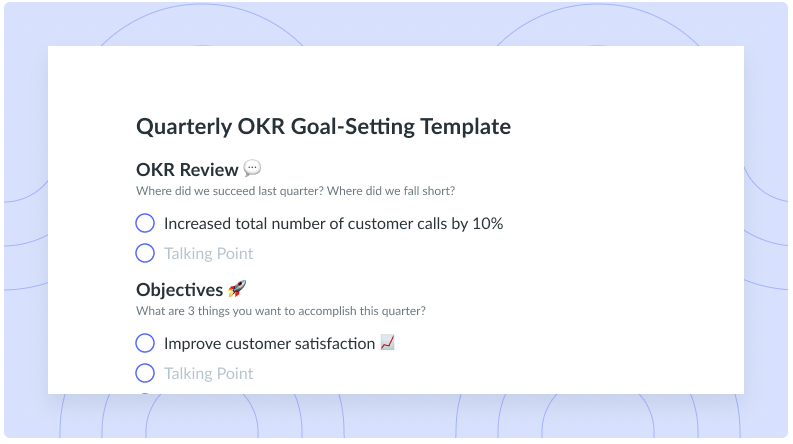
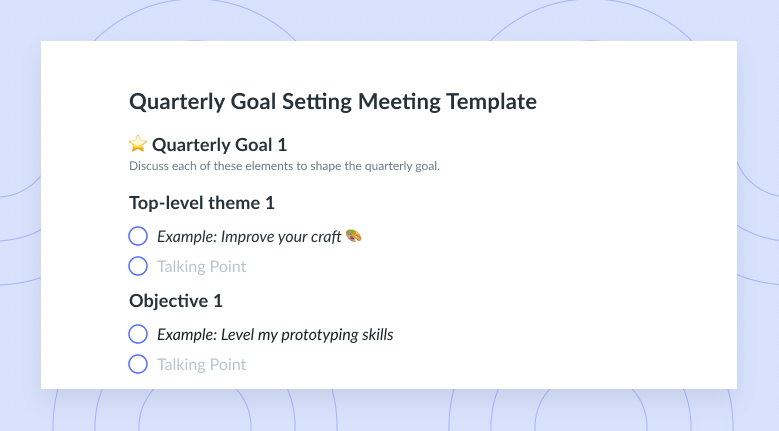
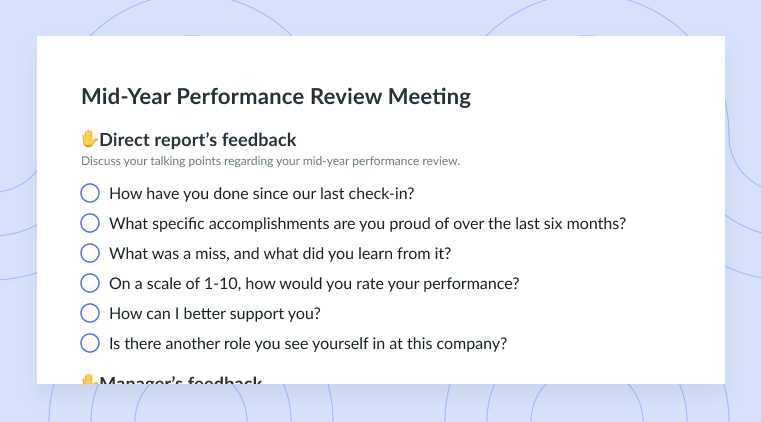
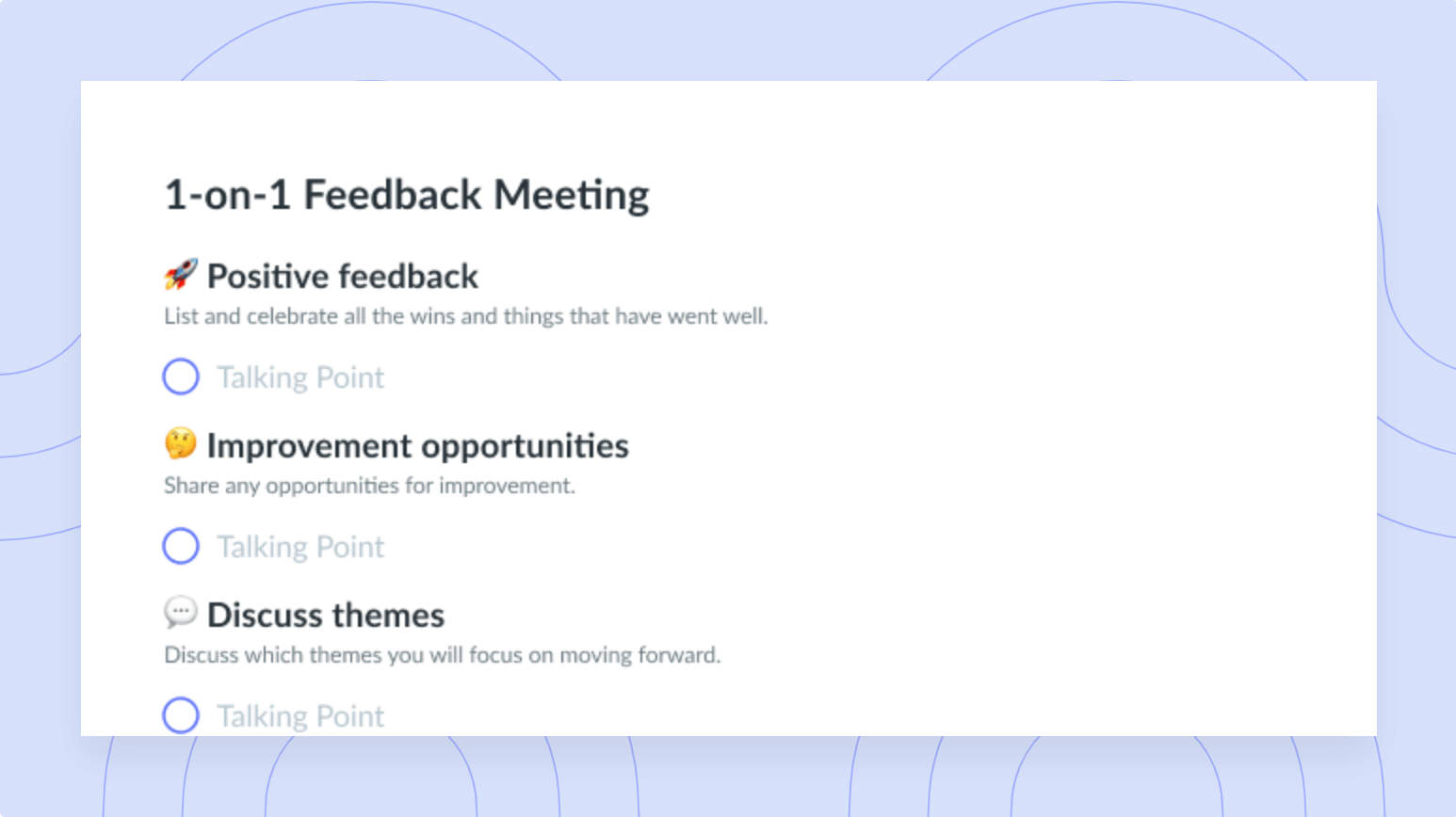
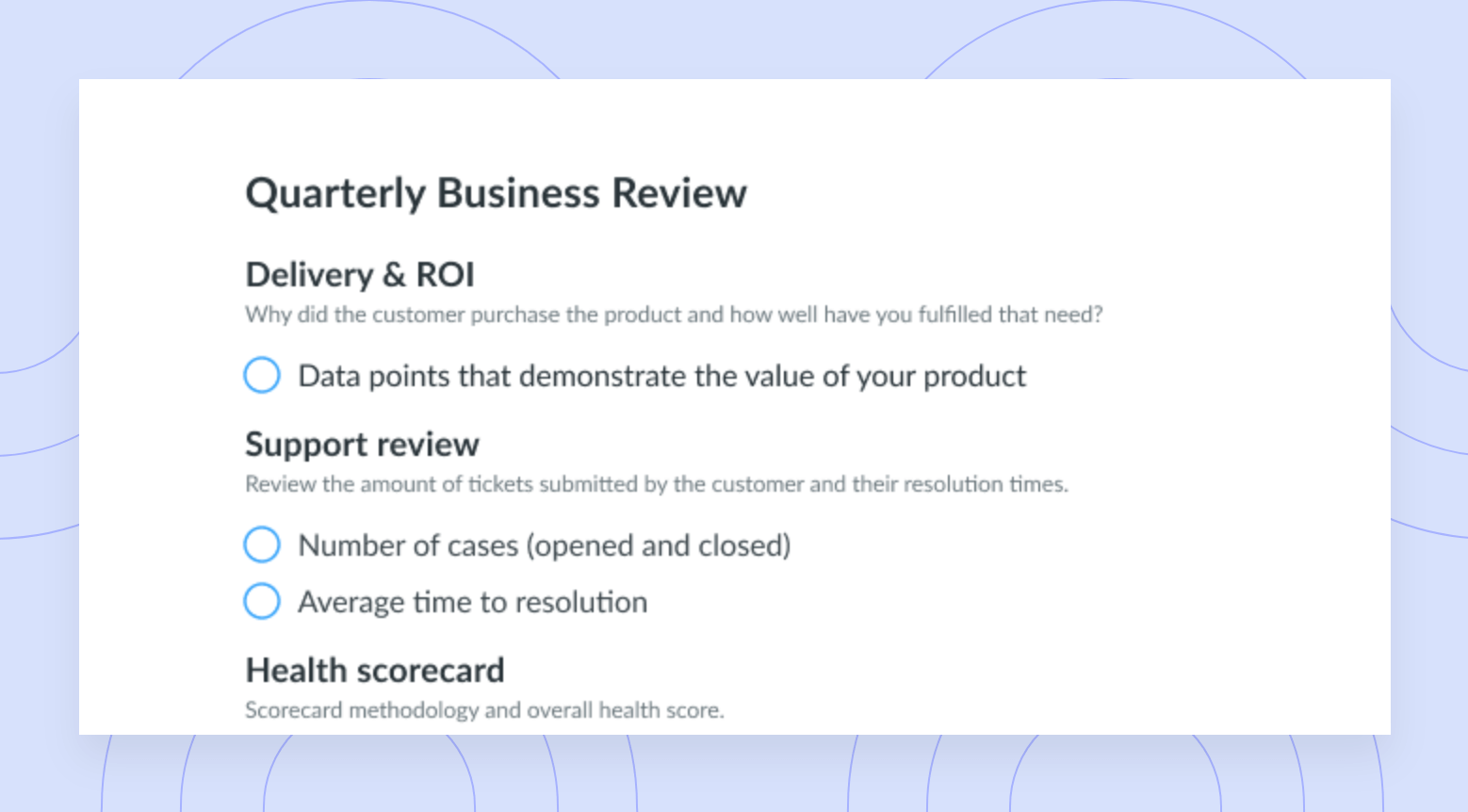
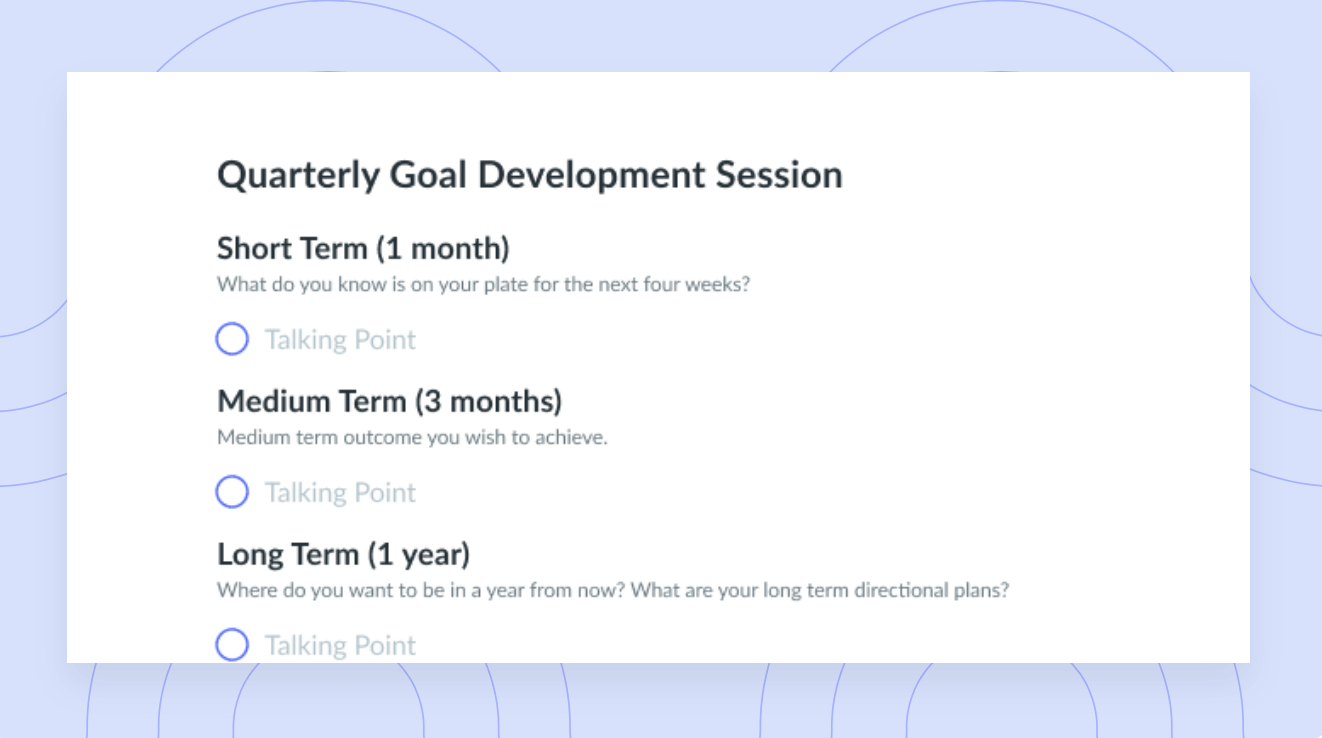
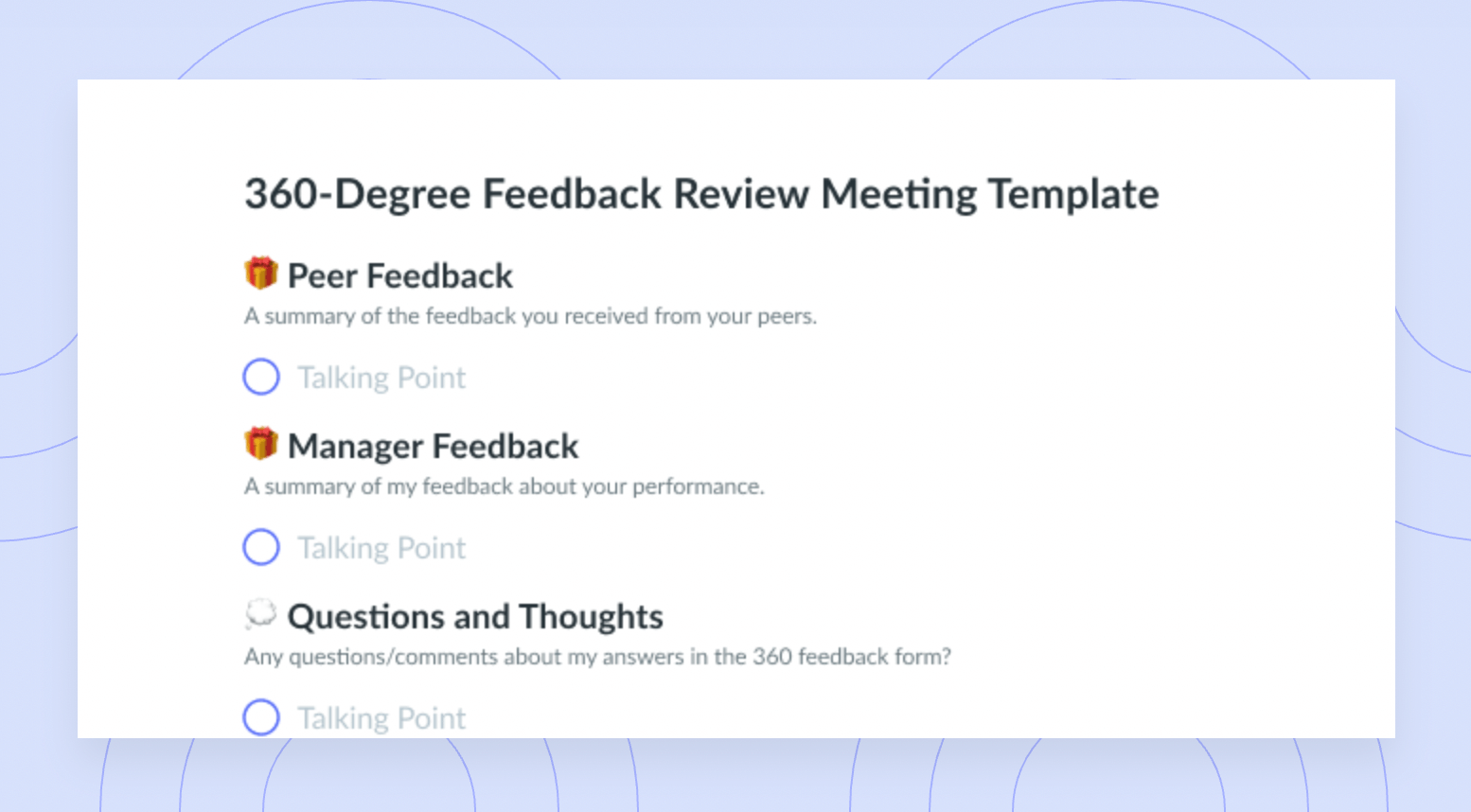
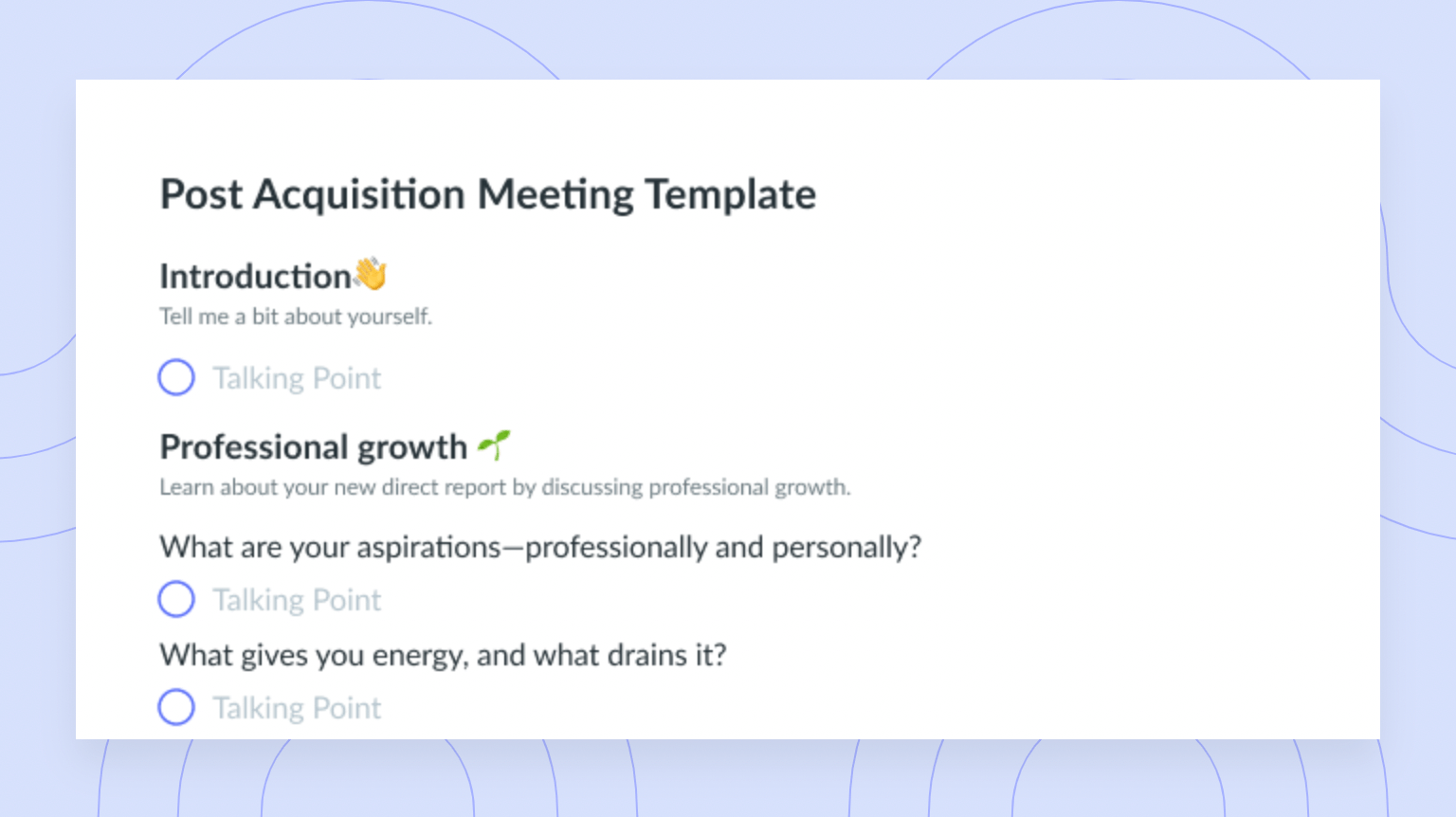


![Performance Review Calibrations: A Complete How-to Guide [+Free Template]](https://fellow.app/wp-content/uploads/2022/10/Performance-Review-Calibrations2.jpg)


![10 Effective Strategies to Improve Employee Performance [+ Free Template]](https://fellow.app/wp-content/uploads/2020/07/Improving-employees-performance.png)
![How Many Direct Reports Should a Manager Have? [+ Free Template]](https://fellow.app/wp-content/uploads/2022/06/How-Many-Direct-Reports-Should-a-Manager-Have-2.jpg)

